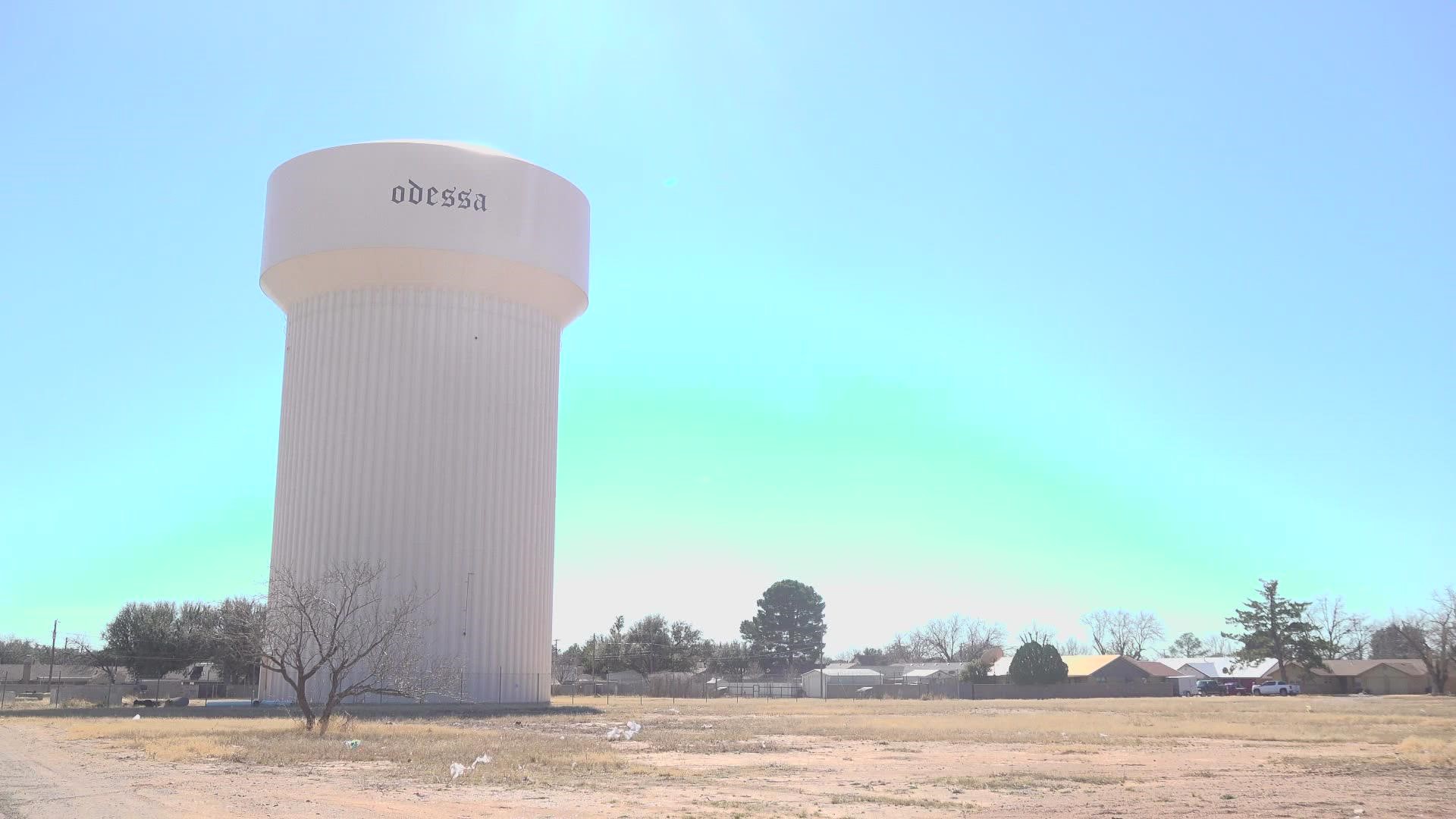MIDLAND, Texas — Water has always been a concern in West Texas.
With little rain and other issues, the supply is always in question.
One solution brought to attention by State Representative Brooks Landgraf was water desalination.
Water desalination is the process where salt within brackish brown water is removed and turned into drinkable fresh water.
Angel Bustamante works at the Kay Bailey Hutchison Desalination Plant in El Paso and explained the desalination process in layman's terms.
“Desalination uses as its source water that brackish brown water," Bustamante said. "It treats it, it removes those salts from the water and makes it into fresh water that our customers can drink."
Desalination takes a certain kind of water, called brackish water, to work. Brackish water has a higher saline content than fresh water, but less than sea water.
“Brackish brown water is considered any aquifer, any groundwater that's in an aquifer that’s underground or subsurface that has a salt content that is typically above a thousand milligrams per liter of salt," Bustamante said.
The El Paso desalination plant uses reverse osmosis in order to treat their water and remove the salt.
With a high enough pressure, salt can finally be separated from the freshwater.
“That water will be pumped to a particular pressure and it'll pass through a semipermeable membrane," Bustamante said. "So that water will be pushed through the membrane. The salts will be separated and the fresh water will pass through.”
Bustamante and other water workers agreed with what Landgraf said earlier: water desalination is a viable solution to solving many of the water issues in Texas.
“Many municipalities and states are dealing with drought conditions," Bustamante said. "I know we see these more and more on the news, the reservoir levels on the west side of the united states have dropped and we’re trying to search for an alternative source of supply. Desalination is a great solution to solve that problem."

